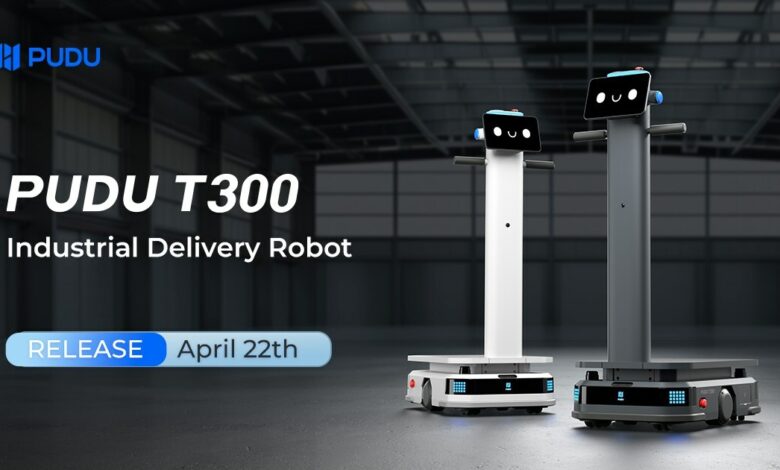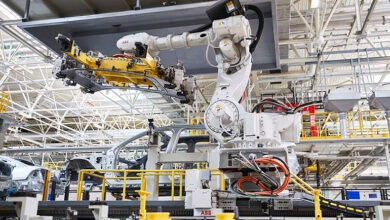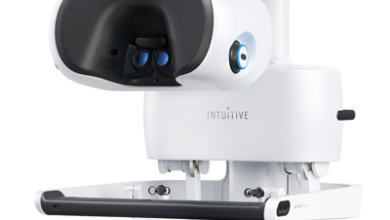Pudu Robotics launches industrial robot PUDU T300

CHICAGO and TORONTO — Pudu Robotics announced the launch of its industrial robot – the PUDU T300, which will make its debut at the Hannover Messe 2024.
Engineered to enhance material logistics in discrete manufacturing, the PUDU T300 streamlines operations by delivering supplies to production lines, transferring materials across diverse production zones, and facilitating the transport of samples for quality checks.
Pudu says it can navigate typical narrow corridors of industrial settings. Its “map-and-go” feature ensures flexible deployment and the ability to operate without being dependent on network connectivity or the need for environmental modifications.
According to an April 2024 joint study from the Manufacturing Institute and Deloitte, the U.S. manufacturing industry will need up to 3.8 million jobs to be filled within the next decade.
The PUDU T300 is designed to alleviate potential labor shortages by automating the delivery and transport of materials, thereby enabling human workers to reallocate their efforts to mission-critical and higher-value tasks. By taking over the transportation of heavy or hazardous materials, the PUDU T300 will try to reduce the risk of workplace injuries associated with industrial work.
“There is a huge demand from industrial clients for automated, flexible robotics solutions that can operate continuously to meet high production rates and improve operational efficiency,” said Felix Zhang, founder and CEO of Pudu Robotics.
“As manufacturers struggle to attract and retain talent, the T300 fills the immediate gap by seamlessly integrating with facilities’ current processes as well as optimizing operations to spur sector-wide innovation.”
The PUDU T300 is built on the company’s proprietary PUDU VSLAM+ technology that enables marker-free navigation. This ensures the PUDU T300 can quickly adapt to changes in production layouts without the need for time-consuming reconfiguration or site remodeling.
The PUDU T300 can also be used to improve production lines across the entire manufacturing sector, including 3C electronics manufacturers, automotive parts processing facilities, metalworking, semiconductor fabrication plants, among others.



